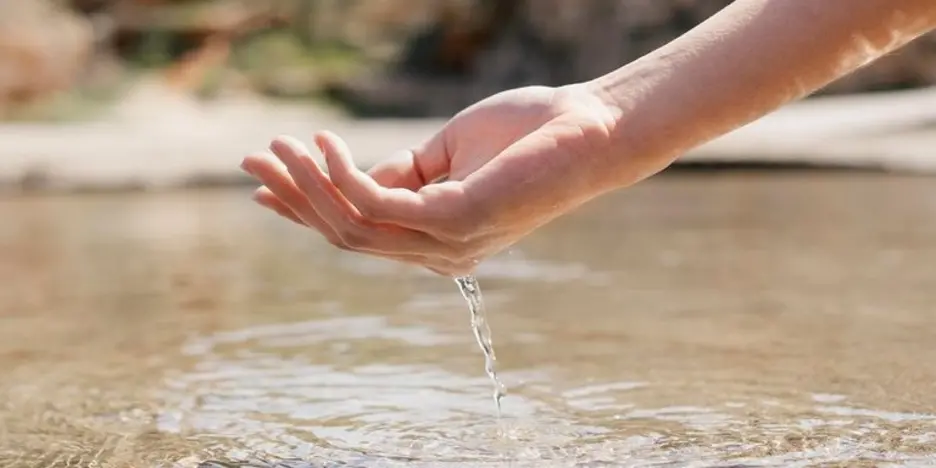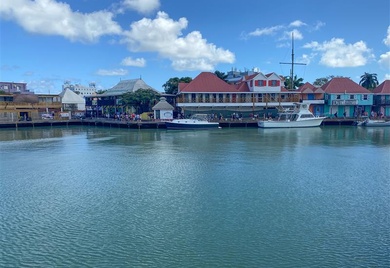Water Management: The Key for the Successful Hydroelectric Generation in Norway

Beyond the extraordinary Norway’s landscapes, characteristic of the planet’s cold temperate zones, decorated with a display of impressive fjords, there are two aspects of this country that particularly drew my attention: the first is that 99% of the energy consumed is hydro energy; and the second is that after oil and gas, the most important export item is precisely electrical energy.
The conditions of this Nordic country to generate clean energy, based on hydro sources, are nearly perfect. A large part of its territory is made up of alpine plateaus, with altitudes of nearly one thousand meters above sea level.
Norway’s geology is primarily characterized by solid and impermeable rocky layers; liquid and solid precipitation is abundant throughout nearly the entire year; and a high percentage of its rivers fall sharply to the sea from their sources of origin in the mountains and plateaus.
But this is not all. The key to Norway’s success in the production of hydropower is human ingenuity and creativity for managing water and making the most of it while harmonizing the demands for energy and adherence to the highest environmental and social standards at the same time.
Energy Storing
Thus, Nordic engineering found a solution for managing water resources that, while abundant, continue to be extremely valuable: pumping water between reservoirs in several hydroelectric systems, to allow “energy storing” during periods of low demand.
To do this, a real labyrinth of tunnels has been constructed connecting reservoirs located at different altitudes that, during periods of low demand, take in water pumped from other reservoirs located downstream, and release it when the demand for energy requires larger flows for generation.
Nordic engineering has optimized the production of hydropower and water consumption. One of its innovative formulas has been the design of power stations with turbines with different power ratings, allowing operators to make the necessary arrangements and supply the power required so that each unit works at or close to optimal levels.
For example, in Norway a plant with 90 megawatts (MW) of installed capacity, rather than having three 30 MW turbines, which is the standard, is designed with one 40 MW, one 30 MW and one 20 MW turbine.
This configuration allows the power station operator to “play” with various combinations of generators to produce the energy required in the most efficient way.
Peak Efficiency
Thus, when the demand requires 70 MW, rather than having three 30 MW turbines operating at 78% or two operating at maximum capacity, and the third at 33% of its capacity (with large losses due to under-utilization), the power plant can use one 40 MW turbine and one 30 MW turbine at their maximum capacity and at peak efficiency optimizing the use of water and the production of energy.
Another significant aspect is how the environmental licensing system works. The granting of environmental licenses for the construction and operation of new hydroelectric power plants has been mostly delegated by the national environmental administration to what are called Water Users’ Associations.
These are made up of all individuals or legal entities that have some type of legal or common law right over the water from the rivers to be exploited. Licenses with a duration of 30 years are granted after an extensive consultation and collaboration process — very extensive that can last for several years to ensure that most people is included and heard —with the associates, and it has a 30-year period.
After this period, the terms of the license can be revised, and licenses may even be completely revoked, which is why the project manager is legally required to dismantle the power station, and leave the site like how it was before the project.
A Learning Opportunity
However, so far this has never occurred, and revisions have usually been related to minimum flows to be left downstream of the reservoirs, and with the management of aquatic fauna in the intervened rivers.
Keep in mind that Norway is one of the most desirable tourist destinations for European and North American fishermen looking for trout and salmon.
No doubt there is much to learn from the Nordic experience in aspects related to hydropower production and water management.
Norway has made great strides in areas such as the management of geographic information to determine potential sites for new power stations; the development and application of hydro-meteorological systems to support a true energy production industry based on good water management; and how to manage the power dispatching and transmission system both within the country and toward neighboring countries, to achieve efficiencies rarely seen in other countries.
LIKE WHAT YOU JUST READ?
Subscribe to our mailing list to stay informed on the latest IDB Invest news, blog posts, upcoming events, and to learn more about specific areas of interest.
Subscribe



